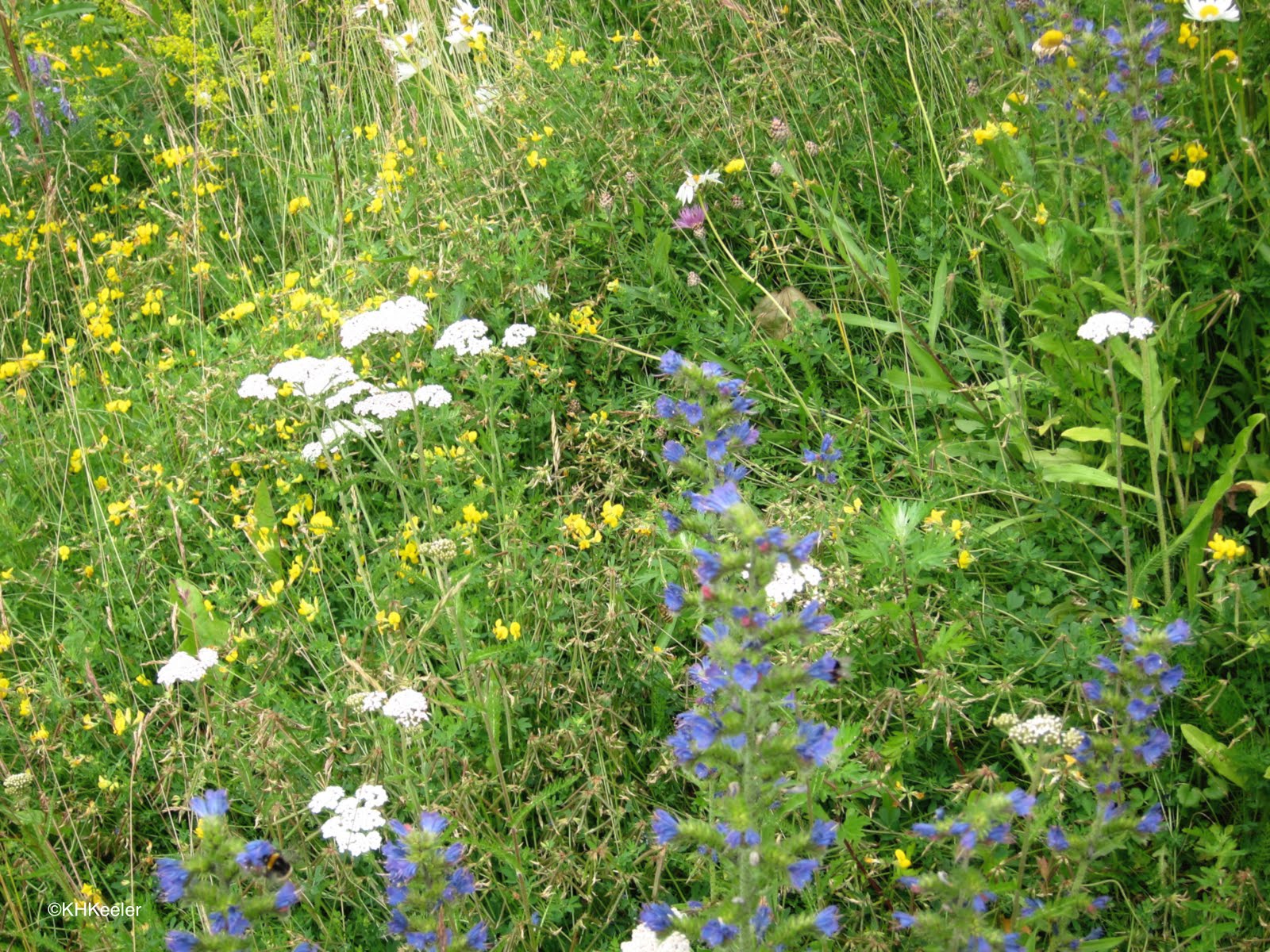Meeting Mugwort
I have often marveled at the depth of knowledge our ancestors possessed of the natural world. How did they first learn which plants were edible or discover their medicinal properties?
We modern humans have been conditioned to believe knowledge can only be grasped by our intellect. We have forgotten there are other ways of knowing.
Researchers have recently started to confirm what the ancients already knew: our living world is underpinned by a complex communication network. But how do we access it? Sometimes, we are fortunate enough to meet a new friend willing to be our guide.
I moved to Finland a few years ago in the autumn, just in time to see the fall colors fade. The snow fell, the birds left, and the plants went dormant. For six months, it felt like the whole world was hibernating. By the end of March, while the rest of Europe celebrated spring, I walked out my door every morning eyeing the piles of snow, and secretly wondering if winter would ever end. Suddenly, by mid-April, the lakes unfroze! The birds began returning, butterflies appeared, and small buds began to swell on the tips of the trees. Spring had arrived!
While I had appreciated the meditative stillness of winter, my heart overfilled with the prospect of life returning to the land. I spied my first wildflower, a cheerful patch of coltsfoot warmed in the gravel beside the road. Soon after, a beautiful purple flower burst forth from the forest floor. I immediately went to work trying to identify it. I learned it was called liverwort. “What a terrible name for such a beautiful flower,” I thought. “I’ll call it by its Latin name instead, Hepatica sounds much more regal.”
Practically every day, a new wildflower bloomed. After months of living in a monochromatic landscape, this extravagant display moved me beyond reason. I was determined to meet every flower. I spent hours trying to decipher field guides. I began to feel desperate, worried I would miss out on this visual feast. Many flowers were already fading and disappearing before I had a chance to identify them.

Incredibly, I had gone from feeling immense joy at the sight of these delicate blossoms to feeling pressured and frustrated by the fleeting and ephemeral nature of a Finnish spring. I was grasping, trying to hold on to all this beauty in the only way my modern mind knew how—by naming and cataloging.
The final straw came one morning while I was walking my dog. I was squatting down in a gully along the path with my nose just inches from the ground counting the petals on a microscopically small pink flower. “Wow, cute!” I called to my partner who was far ahead of me, waiting patiently. “Did you see this little guy?” Before he could answer, I felt a tug on the leash, and lifted my head to see what my dog was up to. To my surprise, he wasn’t trying to chase a squirrel. Instead he was looking at me with a baleful look. His message was clear, he was fed up with my flower identification obsession! I stood up and started walking. I had been approaching nature all wrong.
I announced to my partner “I’m going to quit fixating on plant identification. Honestly, even if I’m able to recite every scientific name—so what? It doesn’t mean I actually know the plant.” With a sigh, I continued, “It’ll take years to truly know these plants, so I might as well relax.”
My partner smiled and tried to hide his relief. My spring fever had finally broke. That night as I lay in bed, just before I drifted off to sleep, a ghostly vision appeared in my mind’s eye. Starting from the base, and slowly moving up the stem, the illuminated silhouette of a plant danced before me. It lifted its feathery leaf to show me the distinctive underside, and showed me how its flower heads formed a spike. I recognized the plant as common mugwort, which grows in abundance in our lower field. It’s often classified as an invasive weed, but in antiquity, it was recognized as a sacred plant everywhere it grew. This plant used to communicate with humans regularly. It was now lifting a slender tendril of friendship to me. I extended my greetings to the ghostly plant apparition, and it slowly faded away. Then I faded off into a contented sleep.
Regularly, throughout the rest of the season, similar plant visions appeared to me before I slept. Some plants I knew, but most were strangers. A few, like Mugwort, visited often. A subtle shift was taking place in my relationship to these plants. I quit walking around with a guidebook. Rather, the plants became my guide. I was naturally becoming more attentive to the small details of their lives, as if they were ushering me into a hidden world.
The plant world wants to communicate with us just as much as we want to communicate with them. But because we’ve forgotten their language, we’ve become deaf to their gentle greetings.
What shifted in me to make space for this simple communication was a softening. Instead of striving to grasp the knowledge out there, I relaxed. I learned that earth wisdom penetrates through osmosis.
We are each like individual seeds—a packet of potential enclosed in a hard shell. The outer seed coat protects the embryo until conditions are favorable for germination. But this protection is also a form of isolation. We have to shed our separateness before we can push our roots into the soil and join the ancient network of our ancestors.
Many seeds need prodding before they’re willing to give up the safety of their shells. Some must survive fire, freezing or floods before they’re ready to let go and germinate. The earth doesn’t coddle her children. Perhaps she is trying to tell us conditions are favorable, and it’s time to reconnect and grow.






